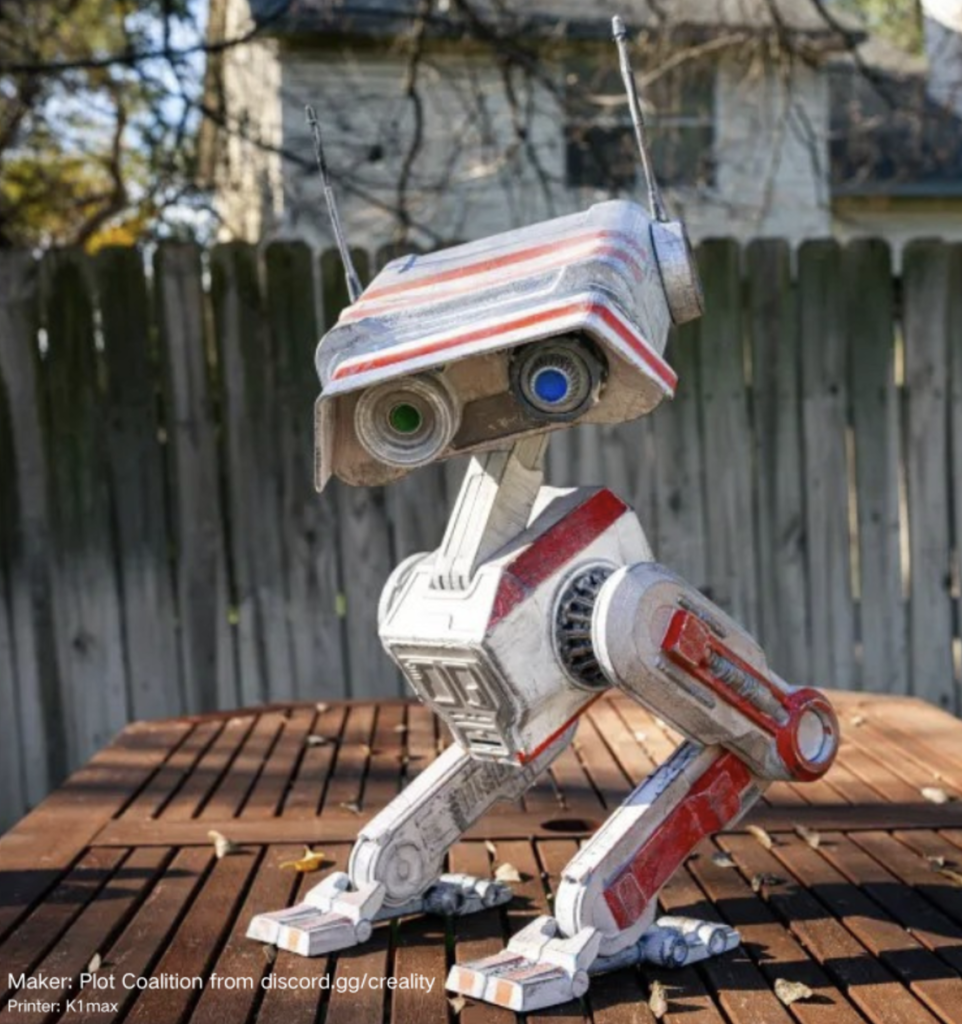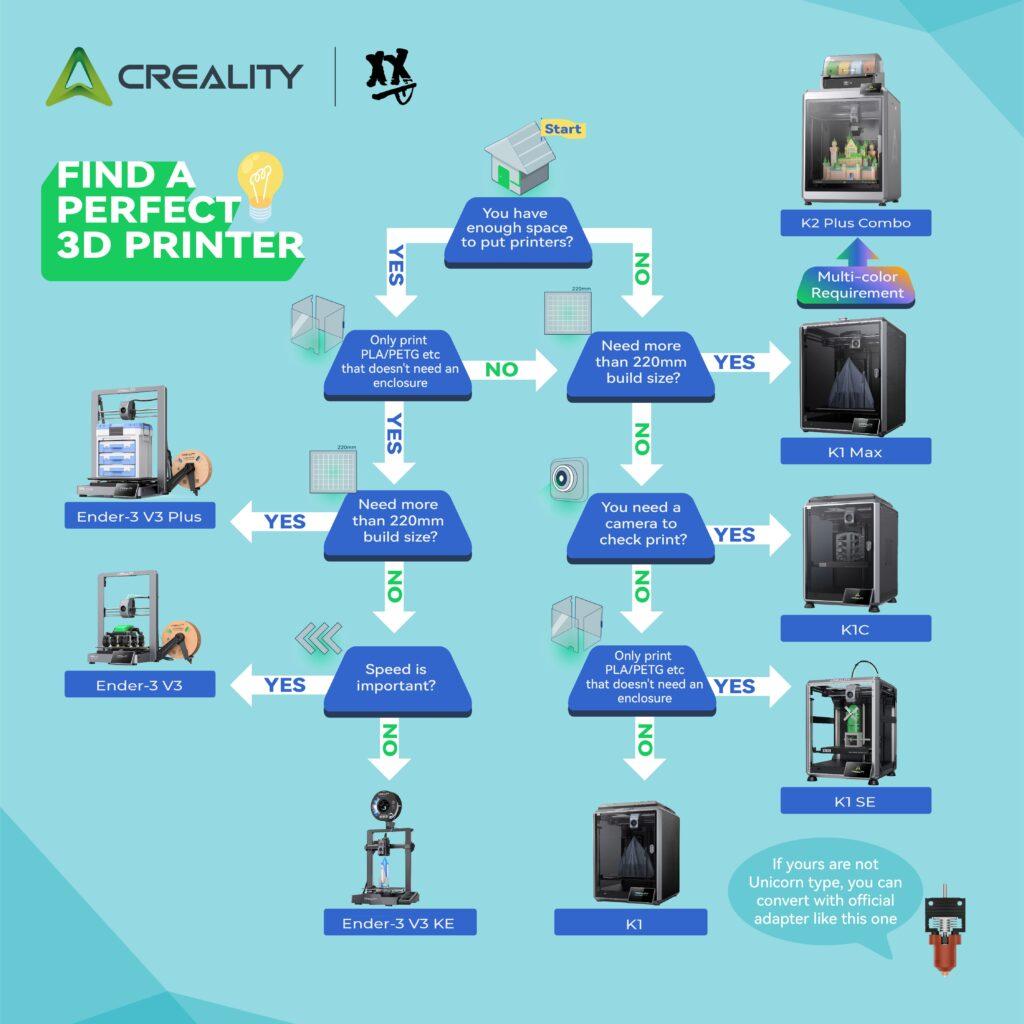
Discover how 3D-printed interactive sculptures like MIT’s Xstrings are transforming art into dynamic, living experiences. Explore how technology gives sculptures the power to move, respond, and even tell stories.
Art That Moves You—Literally
Imagine walking into a gallery and seeing a sculpture twist as you pass. Or it reaches out when you come near, almost as if it senses you’re there. Not long ago, this idea would’ve seemed like science fiction. But today, thanks to research from MIT, it’s becoming real.
Interactive sculptures are bringing art to life. These works do more than sit still. They react, engage, and invite us into a whole new kind of experience. With the help of 3D printing and smart design, the art world is stepping into a dynamic future.
Understanding Interactive Sculptures
Traditional sculptures are fixed in place. They’re made to be looked at, maybe walked around, but they don’t change. They don’t respond to anything or anyone. They’re beautiful, but they stay the same.
Interactive sculptures, on the other hand, are designed to respond. They move or shift in reaction to light, touch, sound, or even someone’s presence. Instead of being just an object to observe, these sculptures create a back-and-forth with the viewer. It’s more like a conversation than a display.
This shift in approach is turning galleries into playgrounds of the imagination, where the art doesn’t just wait to be seen—it meets you halfway.
The Role of 3D Printing in Modern Sculpture
3D printing has changed how artists create. Instead of carving from stone or molding clay, artists can now design on a computer and print their visions layer by layer using plastic, resin, or metal. This process is faster and often cheaper, opening the door for more experimentation.
What makes 3D printing especially exciting for sculptors is the freedom it offers. Artists can design incredibly complex shapes, forms with layers inside layers, or structures that seem to float. These are designs that would be nearly impossible to make by hand.
Beyond creativity, 3D printing makes sculpting more accessible. Artists can test and tweak their work quickly, trying out ideas in days rather than weeks. This lets them focus more on innovation and expression and less on physical limitations.
The Breakthrough of MIT’s Xstrings
One of the most eye-catching examples of this new kind of sculpture is the “Xstrings” project developed by MIT’s Tangible Media Group. The name might sound technical, but the idea is remarkably elegant.
Xstrings uses 3D-printed parts and thin, flexible strings to create sculptures that can move like living creatures. These strings are connected to motors, which allow the sculpture to bend, stretch, and shift its shape in smooth, fluid motions. It looks like it’s breathing or dancing.
What makes this method special is how lightweight and efficient it is. There’s no need for heavy motors or complicated machinery. The movement is powered by tension in the strings and guided by simple controls. As a result, the sculpture becomes a flexible, dynamic form that can react to its surroundings.
The experience of seeing one of these sculptures in motion is unforgettable. It looks like a sheet of water flowing in midair or a creature made of light and motion. It brings a new sense of life to the artwork.
A New Way for Artists to Create
Before these tools, creating a kinetic sculpture required months of work and deep technical knowledge. Artists had to build custom machines, wire up motors, and solve complicated engineering problems just to get their sculptures to move.
With methods like Xstrings and 3D printing, that barrier is coming down. Now, an artist can sketch their idea digitally, print the components, and build a working model in a fraction of the time. This means they can explore more creative directions without being held back by technical challenges.
In many ways, 3D printing acts as a creative equalizer. It gives more people the ability to bring motion into their art and encourages collaboration between artists, designers, and engineers. The result is more freedom to invent and innovate.
Why Motion Makes Art More Powerful
Movement in art adds something deeply human. When something moves, we instinctively pay attention. It’s built into how we experience the world. A moving sculpture can surprise us, guide us, or even reflect our own motions back at us.
It changes the relationship between the viewer and the art. Suddenly, it’s not just about looking. It’s about interacting. The sculpture becomes a living part of the moment.
This kind of engagement can turn a visit to a gallery into something truly memorable. People feel more involved. They remember the way the sculpture swayed when they stepped close. They remember how it reacted like it was alive.
Art That Lives in the Real World
Interactive sculptures aren’t limited to museums. They’re appearing in public spaces, office buildings, and educational settings, too. These installations bring something special to the places where people gather, turning ordinary environments into creative experiences.
In a corporate lobby, a sculpture might move in waves as people walk by, creating a calming rhythm. In a city park, a structure could shift with the wind or respond to the sun, changing throughout the day. In a science museum, children could touch a sculpture that ripples and stretches, learning through play.
These pieces don’t just decorate a space. They activate it. They turn passive places into interactive environments that encourage curiosity and connection.
A Personal Connection Through Art
The beauty of these sculptures isn’t just in how they look or move. It’s in how they make people feel.
Picture a child tugging gently on a sculpture that shifts in response, sparking laughter. Or an elderly visitor who watches a piece ripple like a memory made visible. These are moments where art becomes more than a visual. It becomes personal.
When art moves, it reaches out in a new way. It doesn’t just ask to be seen. It asks to be felt. And those experiences stay with us.
![[Optional: Add a more detailed title here] [Describe the product or service being advertised here]](https://static.shareasale.com/image/124834/0000565x360.jpg)
Looking Ahead: The Future of Interactive Sculpture
As technology evolves, so will these sculptures. Faster 3D printers, better sensors, and smarter controls will allow for even more impressive creations.
In the future, we may see sculptures that recognize individuals, changing shape or color depending on who approaches. We might see public art that reacts to world events or local weather, constantly shifting to reflect the world around it. We could even see sculptures that learn and adapt over time, creating a new kind of living art.
Artists and engineers are already working together in new ways, breaking the old boundaries between disciplines. What they’re building isn’t just new art. It’s a new way of thinking about how art fits into our lives.
Why It Matters
Art has always helped us make sense of the world. Interactive, 3D-printed sculptures are adding new layers to that role. They’re not replacing traditional art—they’re expanding what art can be.
These moving sculptures remind us that creativity isn’t still. It evolves. It responds. It invites us in.
In a time when so much of our world is digital, fast-moving, and disconnected, this kind of art offers something rare. It brings us back into the moment. It reminds us to pause, reach out, and connect—with the art, with the space, and with each other.
So, if you ever find yourself face-to-face with a sculpture that shifts as you step closer, don’t just walk by. Take a moment. Say hello. You might be surprised by what it says back.

Choose Creality 3D Printers

